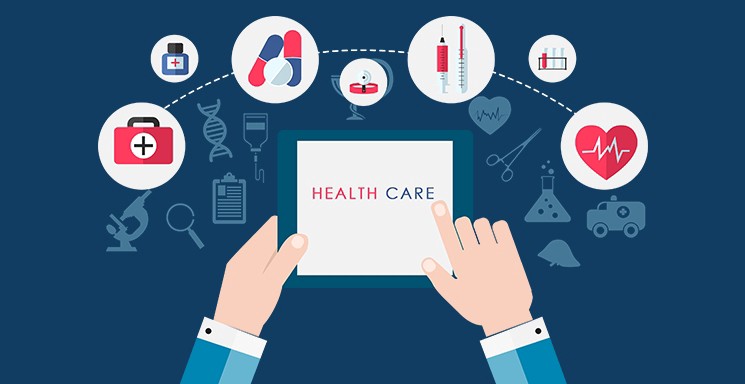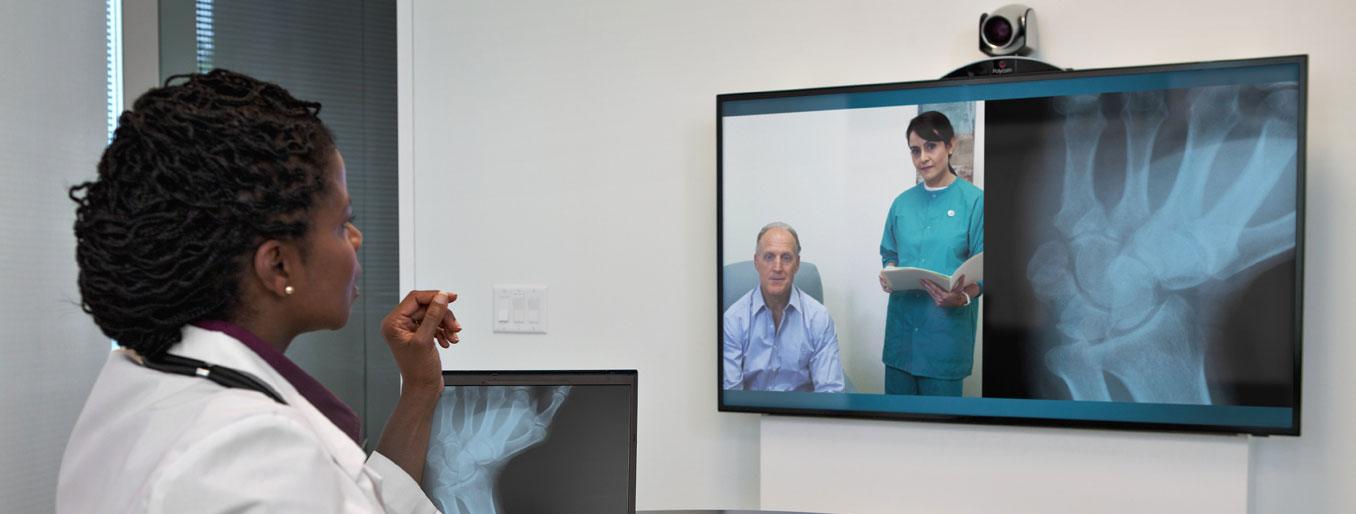
Telemedicine has several benefits such as increasing the accessibility of care, enabling follow-up consultations, facilitating chronic care management and health monitoring and improving health outcomes.
It is no surprise that telemedicine is revolutionizing healthcare delivery and has been instrumental in improving provider-patient interaction.
Here’s a look at few ways in which telemedicine platforms have made a difference-
1. Diagnosis and early treatment of strokes
Studies showed that patients who were part of telestroke programs were able to receive treatment at hospitals 20 min faster than patients outside of the network. Studies conducted in California and Boston on its efficacy indicated that telemedicine led to better diagnosis and treatment of stroke compared to telephone interactions with patients.
2. Rehabilitation at home
For patients discharged from the ER or ICU, recovery begins at home. Telemedicine ensures that this is possible with the guidance and support of health providers who are able to monitor and intervene when necessary to ensure complete recovery and reduce chances of hospital re-admissions.
Improve patient care with a white-labelled telehealth platform, made specifically for your practice. Know more.
3. Helping reduce the risk of heart disease
Being one of the leading causes of death globally, cardiovascular disease greatly benefits from telemedicine intervention. Making changes to lifestyle, adhering to medication and treatment goals and tracking symptoms and health variations can be done with greater ease through telehealth platforms. Patients are also receptive to health disease management plans as it minimizes their need to travel to the doctor’s office and saves them healthcare costs.
4. Better quality of life for diabetics
Defining health and lifestyle goals for diabetics, tracking progress of treatment and intervening to prevent any health complications or incidence of associated co-morbidities are just a few of the capabilities that telemedicine platforms offer providers. Telehealth platforms allows patients with diabetes to effectively track and self-manage their health condition with greater ease.
5. Linking caregivers and health providers
Enabling different health providers to work as a team even if they aren’t in physical proximity is achievable with telehealth platforms. With three-way or multi-user video conferencing, telemedicine has overcome a huge barrier in care delivery. Providers can now work together to achieve their treatment objectives for patients.
6. Support for mental health care
Whether it has been to fight stigma against seeking help for mental illness or to get support when needed most, telehealth platforms have helped patients connect with mental health professionals and consult with them securely. Telehealth technology has ensured better follow-ups and health outcomes.
7. Risk assessment and preventive care
The ability to mitigate health complications in patients who may have a familial predisposition to chronic illness or may be at risk of developing a chronic health condition owing to their lifestyle is a key aspect of preventive care. Without constant monitoring and assessment, this is often difficult to manage. Telemedicine platforms help health providers overcome this difficulty by tracking patients who may be at risk of developing health complications and offering assistance for preventive care.
8. Reducing provider burnout
In addition to the health management benefits, telemedicine also offers health providers a better work-life balance. It offers providers the opportunity to manage their time effectively, reduce commute time or travel to see patients and instead spend more time with their family or friends, without compromising on their patient care. This is particularly important to allow providers to work at greater efficiency.
9. Growing practice revenue
Telehealth platforms can allow providers to see more patients and grow their practice through the establishment of an additional revenue stream. With telehealth monitoring and video-based follow-ups, providers are able to see more new patients at their practice, while helping their existing patients.
10. Improving rural healthcare
Telemedicine across health centres and rural health clinics has improved the accessibility of care. People in remotely located areas and rural communities now have better access to quality care and can communicate with healthcare specialists to help with health management and primary care.
Making telehealth technology more meaningful
The success of telehealth technology lies in its use and adoption by both health providers and patients. With over 70% of respondents of Foley Telemedicine and Digital Health Survey saying their organizations have adopted or plan to offer telemedicine services, it is obvious that health providers and organizations are seeing the benefits of this technology.
However, just as with any digital health technology, customizing your telemedicine platform for your practice and patients is going to be key to see adoption and meaningful use in the future. The Virtual Practice’s white-labeled telemedicine platform offers health practices the opportunity to do just this, combining its existing telemedicine features, mobile apps and custom branding capabilities to offer the best solution.
Sign up for free to assess the Virtual Practice’s telemedicine capabilities for your organization.




